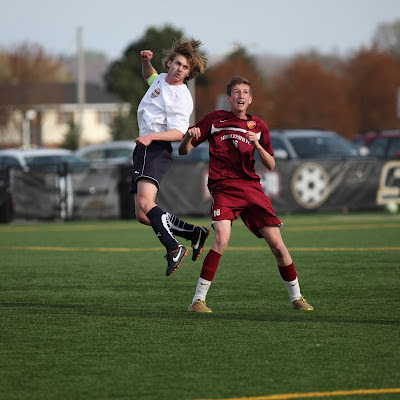The described reasons for cropping are well put except "and/or" might be more accurate than "or" since frequently there is more than one purpose for cropping an image. For instance, the Eastern Gray Squirrel peering from the hole in the tree is hardly noticeable in the full frame image. By cropping to a vertical format not only is the squirrel more visible but the composition improves greatly.
Remember, as always, if you click on a picture then click on it again, you will see it the full size I have posted, which is usually around 1200 pixels on the long side of the picture.
 |
| Canon EOS 5D Mark II, EF 300mm f/4L USM + EF 1.4X II, f/5.6, 1/1000 sec., ISO 200 |
The next photo was made with a Canon Powershot S100 on one of my daily walks. The S100 only has an equivalent focal length of 120mm on the long end of it's zoom. Cropping can appear to bring the subject closer to the camera. Plus, altering the aspect ratio to 3:2 rather than the S100's 4:3 can make the shot look less like it was taken with a compact point and shoot camera.
 |
| Canon Powershot S100, 120mm eq., f/5.9, 1/40 sec., ISO 200 |
The next shot was cropped simply to get rid of distracting elements. Only the sides were cropped. Of course, I should have been shooting vertically anyway. But, the vertical grip for this camera had not arrived yet and I wasn't in the mood to stand with my hand wrapped around the top of the camera all afternoon. If I had been shooting vertically we might even be able to see the ball.
 |
| Canon EOS 5D Mark II, EF 300mm f/4L USM, f/4, 1/1600 sec., ISO 200 |
And, of course, there is extreme cropping where you can just cut out a portion of the image and pretend it was taken with a $13,000 super telephoto lens. Here is the squirrel from above cropped to100%. By the way, if you win the lottery and want one of those $13,000 lenses, you can buy one here.




No comments:
Post a Comment